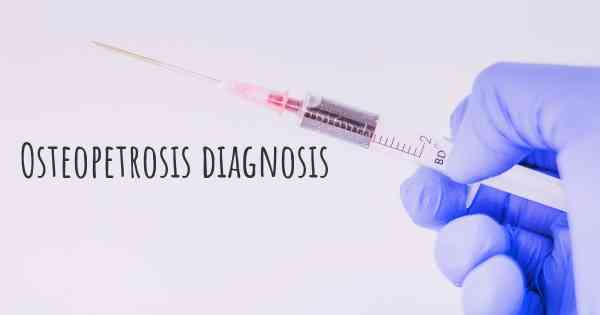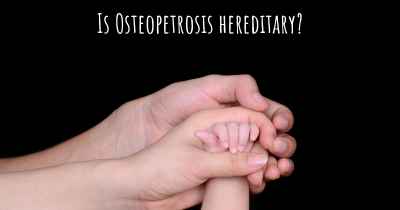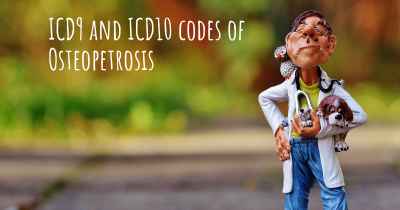How is Osteopetrosis diagnosed?
See how Osteopetrosis is diagnosed. Which specialists are essential to meet, what tests are needed and other useful information for the diagnosis of Osteopetrosis

Osteopetrosis is a rare genetic disorder characterized by the abnormal hardening or thickening of bones, which can lead to various complications. Diagnosing osteopetrosis involves a combination of clinical evaluation, imaging studies, and genetic testing.
Clinical Evaluation
The first step in diagnosing osteopetrosis is a thorough clinical evaluation by a healthcare professional. The doctor will review the patient's medical history, including any family history of bone disorders, and perform a physical examination. During the examination, the doctor will assess the patient's bone structure, mobility, and any signs of bone abnormalities.
Imaging Studies
Imaging studies play a crucial role in diagnosing osteopetrosis. X-rays are commonly used to visualize the bones and identify any abnormalities. In osteopetrosis, X-rays may reveal increased bone density, thickened bones, and reduced bone marrow space. However, X-rays alone may not provide a definitive diagnosis.
In more complex cases, additional imaging techniques such as computed tomography (CT) scans or magnetic resonance imaging (MRI) may be necessary. These imaging modalities provide detailed cross-sectional images of the bones, allowing for a more accurate assessment of bone structure and potential complications.
Genetic Testing
Genetic testing is a crucial component in diagnosing osteopetrosis. It involves analyzing the patient's DNA to identify specific genetic mutations associated with the disorder. This testing is typically performed using a blood sample.
There are several known genes that, when mutated, can cause osteopetrosis. The most common gene involved is called the TCIRG1 gene. Mutations in other genes, such as CLCN7, CA2, and OSTM1, can also lead to different forms of osteopetrosis.
Genetic testing not only confirms the diagnosis of osteopetrosis but also helps determine the specific type and inheritance pattern. This information is crucial for understanding the prognosis, potential complications, and appropriate management strategies.
Other Diagnostic Considerations
In some cases, a bone biopsy may be performed to further evaluate the bone structure and confirm the diagnosis. However, this invasive procedure is typically reserved for complex cases or when genetic testing is inconclusive.
It is important to note that the symptoms and severity of osteopetrosis can vary widely among individuals. Therefore, a comprehensive diagnostic approach that combines clinical evaluation, imaging studies, and genetic testing is essential for an accurate diagnosis.
Conclusion
Osteopetrosis is diagnosed through a combination of clinical evaluation, imaging studies, and genetic testing. The clinical evaluation involves a thorough assessment of the patient's medical history and physical examination. Imaging studies, such as X-rays, CT scans, or MRI, help visualize bone abnormalities. Genetic testing plays a crucial role in confirming the diagnosis and identifying specific genetic mutations associated with osteopetrosis. A comprehensive diagnostic approach is necessary due to the variability in symptoms and severity of the disorder.
Posted May 17, 2017 by María Ximena 1071
Posted May 17, 2017 by lorirdavis 1452
Posted Jul 26, 2017 by Chuck 2001
Posted Jul 30, 2017 by Karen 1160
Posted Sep 28, 2017 by Mary 2550
Posted Sep 15, 2017 by Paula 2500








